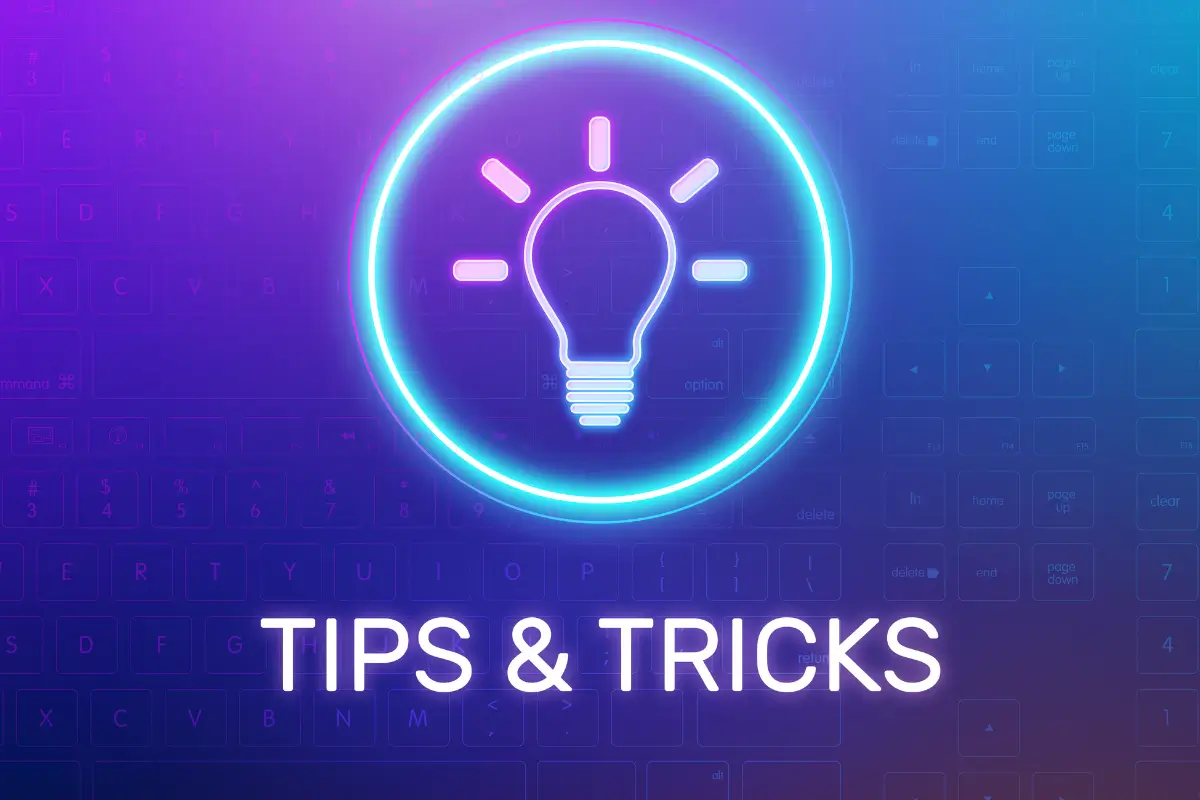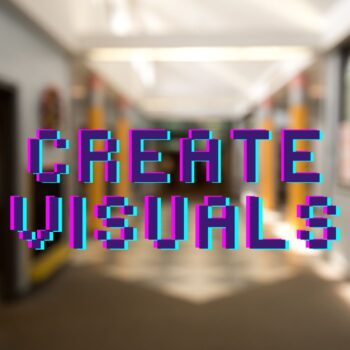Okay, let’s be real. You’ve poured your blood, sweat, and tears (maybe not literally) into creating awesome blog posts. You’re sharing valuable tips, solving problems, and basically being an all-around content superstar. But… the views aren’t rolling in like you’d hoped. Ouch.
If you’re new to the blogging world, don’t worry! We’ve got you covered with our comprehensive guide: Blogging for the First Time: Your Ultimate Guide to Starting a Successful Blog
Before you scrap everything and start questioning your life choices, consider this: maybe it’s not the content, it’s the presentation. Your blog’s design. Think of it like this: you wouldn’t show up to a job interview in sweatpants, right? Same goes for your blog. Even the best content can get lost in a cluttered, outdated, or just plain unprofessional design.
But don’t stress! You don’t need to be a design whiz to give your blog a professional makeover. With a few strategic tweaks, you can transform your blog into a sleek, user-friendly space that reflects the quality of your work and keeps readers coming back for more. A professional blog design not only enhances your credibility but also elevates the overall user experience.
Ready to level up? Let’s dive into 5 essential tips for achieving that coveted professional blog design.
Tip #1: Declutter and Delight with User-Friendly Design
Your blog’s design is its virtual storefront. A cluttered, confusing layout will send visitors running for the hills, while a clean, user-friendly space invites them to stay and explore. Let’s break down how to create a professional blog design that works for both your content and your readers.
Prioritize Readability
Whitespace is Your BFF: Think of whitespace as the breathing room your content needs to shine. It’s the space between paragraphs, images, and other elements on your page. Generous use of whitespace prevents overwhelm and makes your blog posts easier to digest, giving your readers a more enjoyable experience.
Font Choice Matters: Stick with classic, easy-to-read fonts like Arial, Helvetica, or Georgia. Save the fancy scripts for wedding invitations. Remember, readability is paramount for a professional blog design! If readers struggle to decipher your text, they’ll likely move on to another site.
Heading Hierarchy: Use H1, H2, and H3 tags to organize your content in a logical and visually appealing way. This not only helps readers scan for the information they need, but it’s also a favorite of search engines, improving your blog’s SEO. Think of headings as signposts guiding your readers through your content.
Navigation Should Be Intuitive
Clear & Concise Menus: Your main navigation should be easy to spot and use. Clearly labeled categories and a minimal number of dropdown items make it effortless for visitors to find what they’re looking for. A cluttered or confusing menu can frustrate readers and lead them to abandon your site.
Search Bar is Essential: Make it prominent, especially if you have a lot of content. Don’t make your readers hunt for it! A visible search bar is a hallmark of professional blog design, allowing users to quickly find specific information.
Breadcrumb Navigation: “Home > Category > Post Title” – this simple trail of links helps users understand where they are within your site and easily navigate back if needed. It’s a small touch that adds to the overall user experience and contributes to a professional feel.
Mobile-First is Non-Negotiable:
Most People Are on Phones: In today’s mobile-centric world, design with the small screen in mind first. A majority of your readers are likely browsing on their phones or tablets.
Choose a Responsive Theme: Most modern themes are responsive, meaning they automatically adjust to different screen sizes. If yours isn’t, it’s time for an upgrade. A professional blog design adapts seamlessly to various devices, ensuring a positive experience for all visitors.
Test and Tweak: Don’t just assume your blog looks good on mobile! Regularly view it on different devices (phones, tablets, laptops) and fix any formatting issues that may arise.
Tip #2: Elevate Your Visuals (Without Breaking the Bank)
Let’s be honest – a wall of text, no matter how well-written, can be a bit snooze-inducing. Images are your secret weapon to keep readers engaged and make your professional blog design visually appealing. Did you know that articles with relevant images get significantly more views? It’s science!
The Power of Images
High-quality visuals do more than just make your blog pretty. They can:
Illustrate Complex Concepts: Infographics, charts, annotated screenshots, or step-by-step diagrams can simplify complex ideas and make them easier for readers to understand.
Create Emotional Impact: Carefully chosen images can evoke specific emotions and strengthen the connection with your readers. Select visuals that align with your brand’s tone and message.
Enhance Shareability: A visually striking blog post is far more likely to get shared on social media, increasing your reach and attracting new visitors.
Stock Photos Done Right
Free Options: Unsplash, Pexels, and Pixabay offer gorgeous, high-quality images that won’t make your blog look like everyone else’s. These sites provide a wide variety of free stock photos that can add a professional touch to your blog design.
Paid Options: If your budget allows, consider Stocksy or Shutterstock for an even larger selection of unique, professional-grade images. Paid stock photo sites often offer higher resolution and more niche-specific options.
Basic Image Editing
You don’t need to be a Photoshop pro. Tools like Canva make it incredibly easy to crop, resize, add text overlays, and apply filters to create stunning visuals that complement your professional blog design. Even basic image editing can significantly improve the look and feel of your blog.
Tip #3: Craft a Strong Brand Identity
Your blog isn’t just a collection of articles – it’s a destination for your readers. A strong brand identity creates instant recognition, demonstrates professionalism, and shapes how people connect with your content on an emotional level. This is a critical aspect of establishing a truly professional blog design.
Color Palette
Psychology of Color: Warm colors (reds, oranges, yellows) convey energy and excitement, while cool colors (blues, greens) are calming and soothing. Choose colors that align with your niche and evoke the desired emotions in your readers.
Keep it Simple: Start with 2-3 main colors, plus a neutral for text (like black, white, or a soft gray). Tools like Coolors can help generate harmonious palettes that look professional and cohesive.
Logo
Simplicity is Key: You don’t need a complex logo to be memorable. A simple text-based logo or a basic graphic can work wonders. Think of iconic brands like Nike or Apple – their logos are simple yet instantly recognizable
DIY or Outsource: If you’re on a budget, use Canva’s logo templates to create a basic design. For a more custom and professional look, consider hiring a freelance designer.
Fonts
Personality Matters: Serif fonts (like Times New Roman) have the little “feet” at the ends of letters, giving them a classic and formal feel. Sans-serif fonts (like Helvetica) are clean and modern. Choose fonts that match your blog’s tone and niche.
Pairing is Key: Limit yourself to two fonts – one for headings and one for body text. Google Fonts is a great resource for finding and pairing fonts that complement each other and contribute to a professional blog design
Consistency is King: Once you’ve established your brand elements (colors, logo, fonts), use them consistently across your blog, social media, and any other marketing materials. This creates a cohesive and professional look that reinforces your brand identity and makes your blog instantly recognizable
Tip #4: Mind the Technical Details
While beautiful design grabs attention, it’s the smooth functionality of your blog that keeps readers engaged and signals true professionalism. Let’s explore some technical aspects that contribute to a positive user experience and a polished professional blog design.
Fast Loading Times
No one likes waiting for a slow website. Readers will bounce before your amazing content has a chance to load. Optimize image sizes (compress them without sacrificing quality), minimize the number of plugins you use, and keep your code clean to ensure speedy load times. A fast-loading blog is essential for a professional user experience. For a deeper look into blog performance, check out our guide on Essential Blogging Tools
No Broken Links
Broken links and 404 errors are frustrating for users and make your site look neglected. Regularly scan your site for broken links using tools like Broken Link Checker (for WordPress) and fix them promptly. Maintaining a technically sound blog is part of achieving a professional look
Basic SEO
A well-structured, technically sound blog is easier for search engines to understand. This improves your visibility in search results and attracts more organic traffic. Use clear titles and descriptions for your posts, optimize your images with alt text, and ensure your blog is mobile-friendly. These basic SEO practices contribute to a professional blog design that’s both user-friendly and search engine-friendly
Tip #5: Put Your Readers First
A professional-looking blog isn’t just about fancy fonts or a sleek layout. True professionalism lies in understanding your audience and creating content that genuinely resonates with them. Think of your blog as a conversation, not a one-sided lecture. Let’s explore how to make your readers the center of your blogging universe, which is crucial for a truly professional and successful blog.
Know Your Audience
Take the time to understand your readers’ pain points, interests, and questions. What problems are they trying to solve? What topics are they passionate about? Use surveys, polls, and comment analysis to gather insights and tailor your content to their needs. When you create content that speaks directly to your audience’s needs and interests, you’ll foster a deeper connection and establish yourself as a go-to resource.
Deliver Value
Create content that solves problems, provides actionable tips, and offers unique perspectives. Your readers should come away from your blog feeling like they’ve learned something valuable or gained a new insight. Strive to provide content that is not only informative but also engaging and inspiring.
Focus on Benefits
Frame your expertise in terms of how it benefits your readers. Avoid excessive self-promotion and instead focus on how your knowledge and experience can help them achieve their goals. Show your readers how your content can make a positive impact on their lives.
Encourage Engagement
Foster a sense of community by inviting comments, asking questions, and responding to feedback. Make your readers feel heard and valued, and they’ll be more likely to return to your blog and share your content with others. Building a loyal community around your blog is a key indicator of a professional and successful online presence.
Conclusion: Your Path to a Professional Blog Design
A professional blog design is an ongoing journey. Start by implementing one or two of these tips and gradually refine your design over time. Don’t be afraid to experiment and find what works best for you and your audience. Most importantly, have fun and let your personality shine through!
By combining these professional blog design tips with high-quality content and a reader-centric approach, you’ll create a blog that not only looks amazing but also provides immense value to your audience. Remember, a professional blog design isn’t just about aesthetics; it’s about creating a positive and engaging user experience that fosters trust, encourages interaction, and keeps your readers coming back for more.
Now, it’s your turn! Which of these tips will you implement first? Do you have any other professional blog design tricks up your sleeve? Share in the comments below – let’s learn from each other and build a community of bloggers who are committed to creating amazing online spaces!


No Comments
Leave a comment Cancel